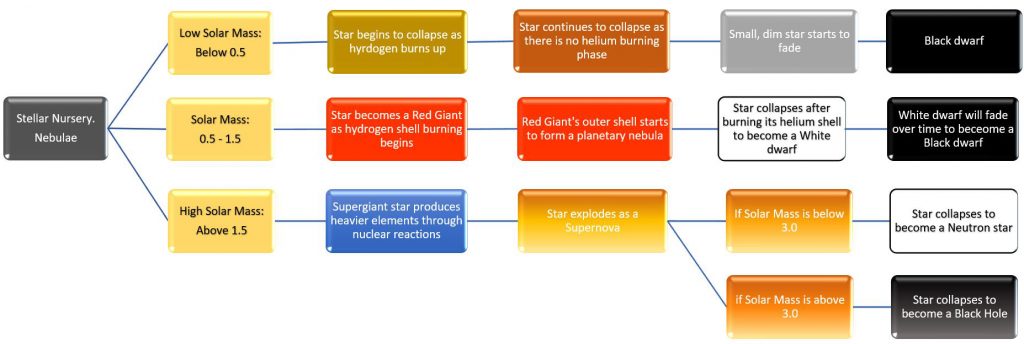Four billion years ago the sun was 30% dimmer. It was the reason Venus enjoyed pleasant spring days. Increasing temperatures on the planet began to evaporate the ocean creating a humid atmosphere. And the rest, as they say, is history. Today the sun is 5 billion years old and its core temperature is around 15 million °C. Its heat and radiation spelt death for Venus, but life on Earth. Of the total solar radiation that reaches Earth some 48% punches through the atmosphere to the surface. With just a 10% increase in the sun’s luminosity our average surface temperature would rise to 47°C. As it is, the current average temperature of the planet is 14.9°C. Without the greenhouse gas effect Earth would be an ice world with an average surface temperature of -18°C. We do need greenhouse gases! In any case the ambient temperature in Death Valley is 46°C.

Research has confirmed various relationships between the processes on Earth and the sun’s solar activity. For example, an increase in solar activity has been shown to increase the amount of water in rivers. Scientists measured the time it took for direct sunlight on water to increase the temperature by 1°C. This was then used to calculate the effect on the surface area of one square metre. The answer, according to John Herschel in 1838, was 1kW. The earth is circulating the sun at a distance of 150 million kilometres, so we can work out the amount of energy being radiated over the inside of an imaginary sphere of 300 million kilometres in diameter by working out the total surface area times 1kW. The answer is 400 trillion watts – that is, 40 x 1 013 watts per second. If this means anything it is one 1 million times the amount of power consumed by the United States every year.
The solar system is 4.6 billion years old. Stars like our Sun burn for about nine to 10 billion years.
In its current life cycle—as a main sequence star—the sun converts four hydrogen atoms into one helium atom, becoming hotter in the process. The luminosity of the sun currently increases by 1% every 100 million years. So in about 3.5 billion years it will be 40% brighter. Life on Earth will become intolerable. Oceans will boil and the surface will become scorched and may even turn into a glowing ball of lava. And if that does not finish the Earth off, what happens next will.
In about 5.4 billion years the sun will have exhausted its hydrogen, and enter the helium burning process. The helium ash core will collapse, the sun will increase in temperature and this will cause it to expand eventually to become a red giant—some suggest to a massive ball of as much as 350 million kilometres in diameter. That’s halfway to Jupiter. While theorists all agree on the processes, they are not sure just how big the sun will get. It will certainly engulf Mercury, and perhaps Venus. Even if the expansion does not reach Earth it will be immaterial since heat alone will destroy the solar system.
| Lifespan and the solar mass of a star | ||
|---|---|---|
| Mass | Lifespan | Spectal type |
| (In solar masses) | (in years) | (typical) |
| 30 | 2 million | O7 |
| 20 | 6 million | O9 |
| 10 | 32 million | B4 |
| 3 | 370 million | A5 |
| 1.5 | 3 billion | F5 |
| 1 | 10 billion | G2 |
| 0.1 | Trillions | M7 |
One other factor in the calculation is that the sun will lose almost half its mass. A team of astrophysicists reckon as a fully-fledged red giant it will have shrunk to some 67% of its current mass. If this happens, well then the Earth and indeed all the planets will have been drifting out towards the further reaches of the solar system. Why? Because less mass means less gravity, and less pulling power on the planets. If this happens it is likely that Earth will by this time have moved to a larger orbit. The implications are not clear. Some of the other planets may actually become habitable through this manoeuvre.
The sun will then fluctuate in size before freezing down to a white dwarf about the same size as Earth. The sun will be much denser too, a core of carbon crystal – a diamond.
Incidentally, when a white dwarf star reaches 1.4 times the size of our Sun it always produces exactly the same amount of light. This allows astronauts to use them to measure distances.
By Nigel Benetton, science fiction author of Red Moon Burning and The Wild Sands of Rotar.
Last updated: Friday, 19 March 2021